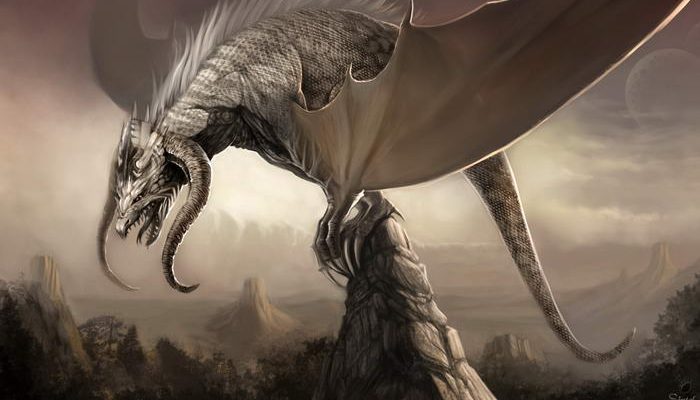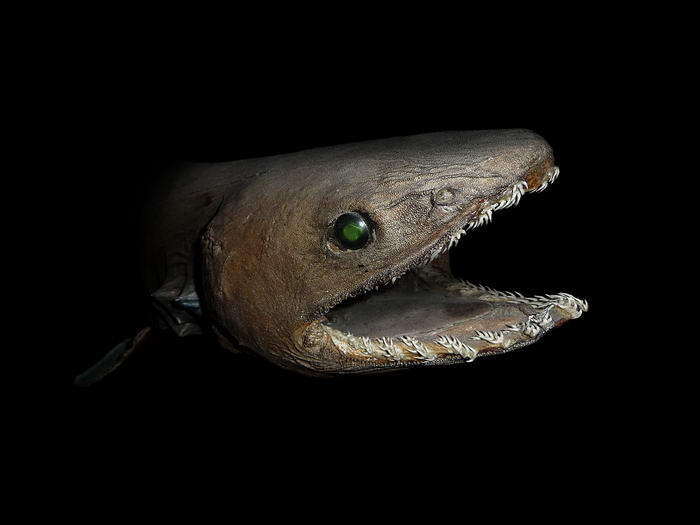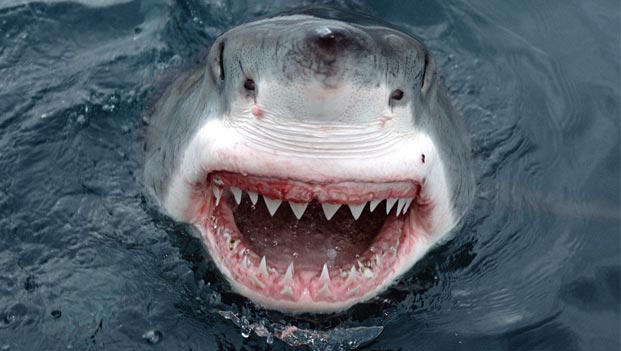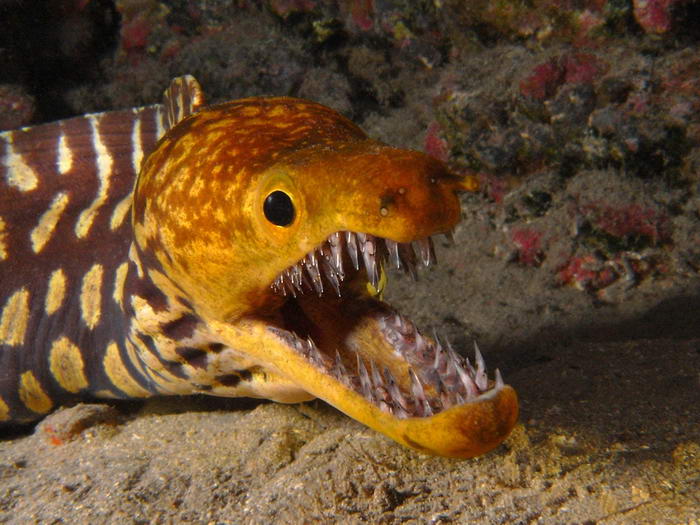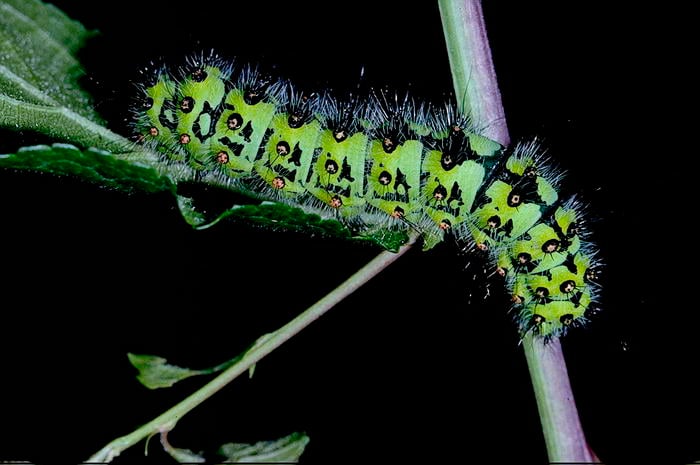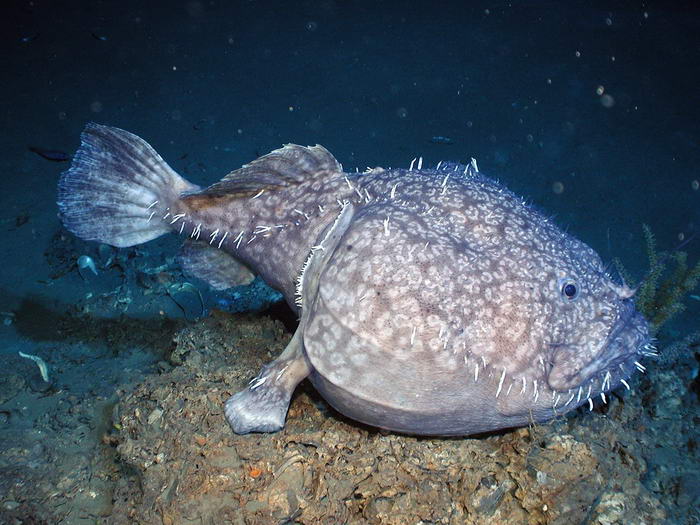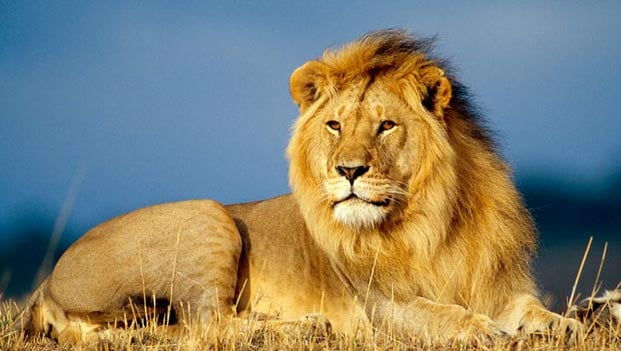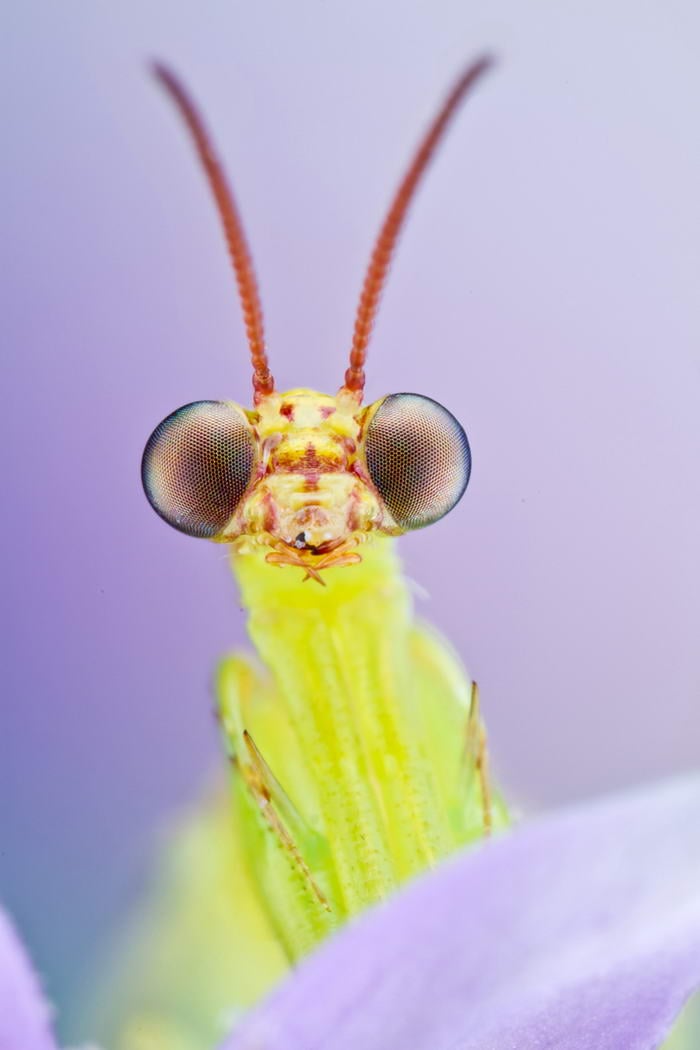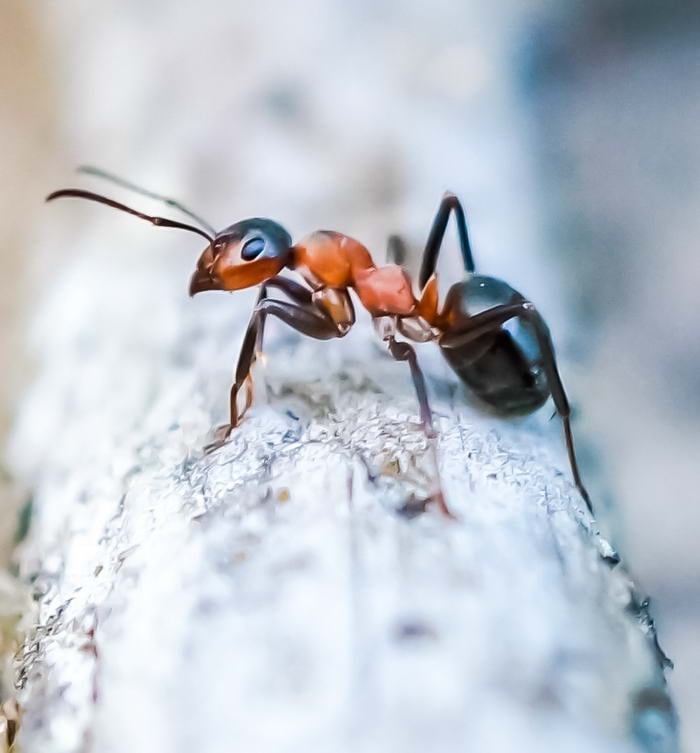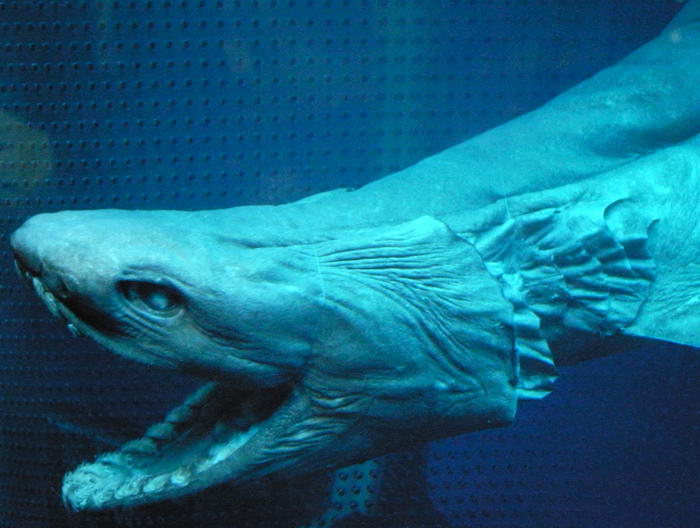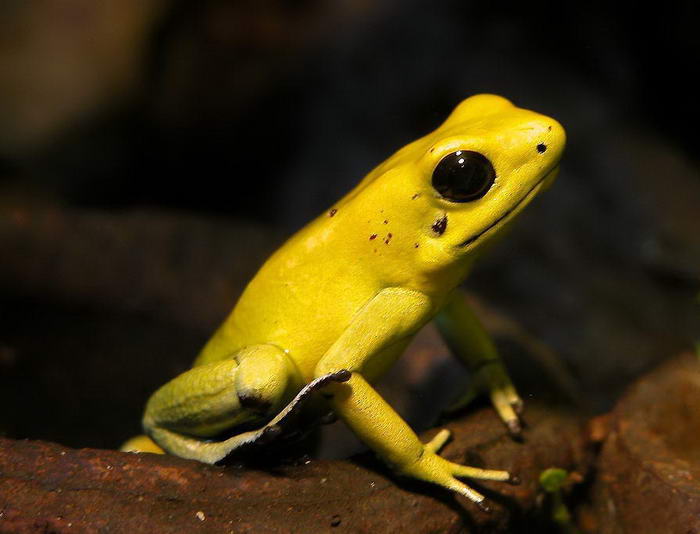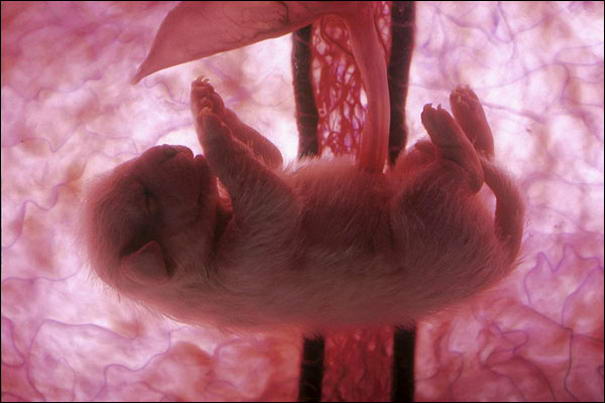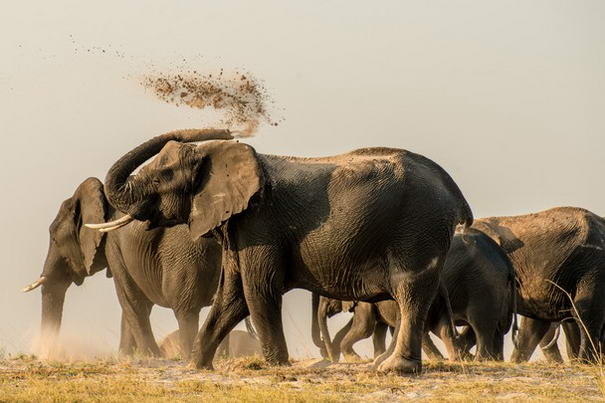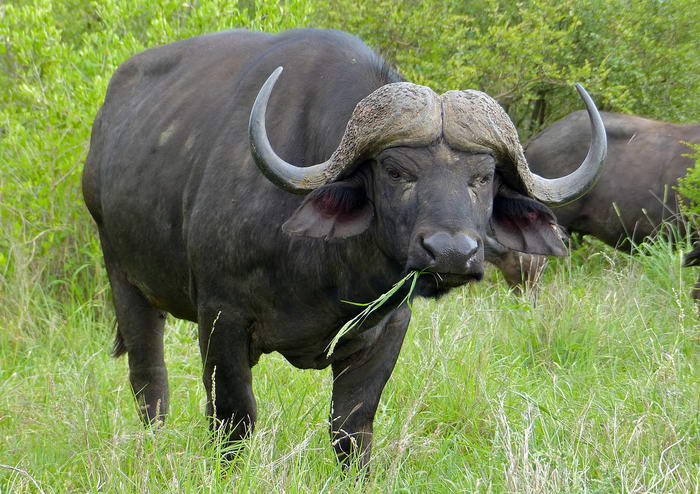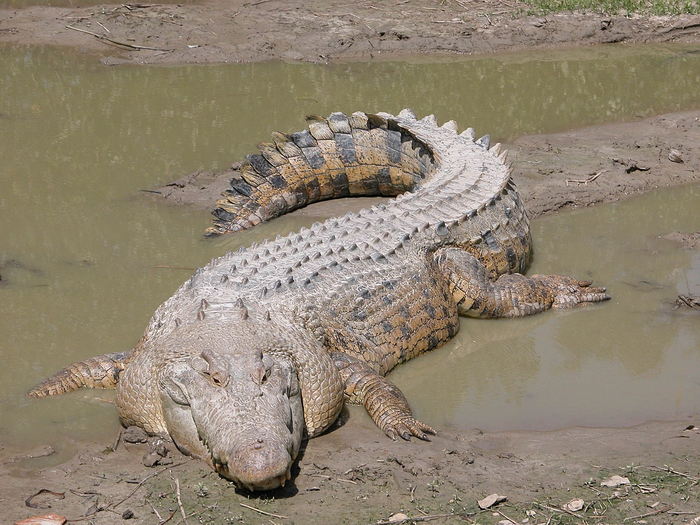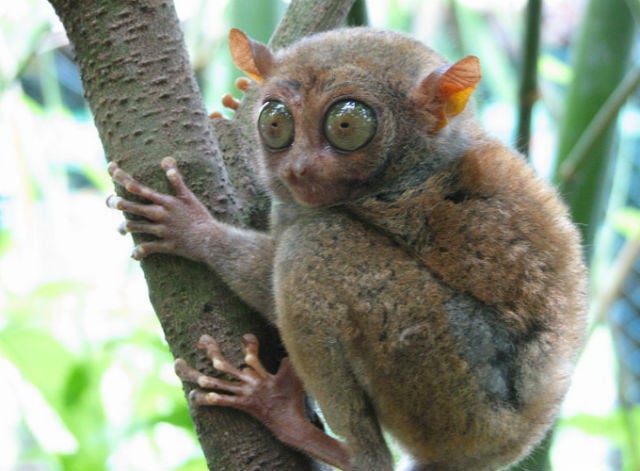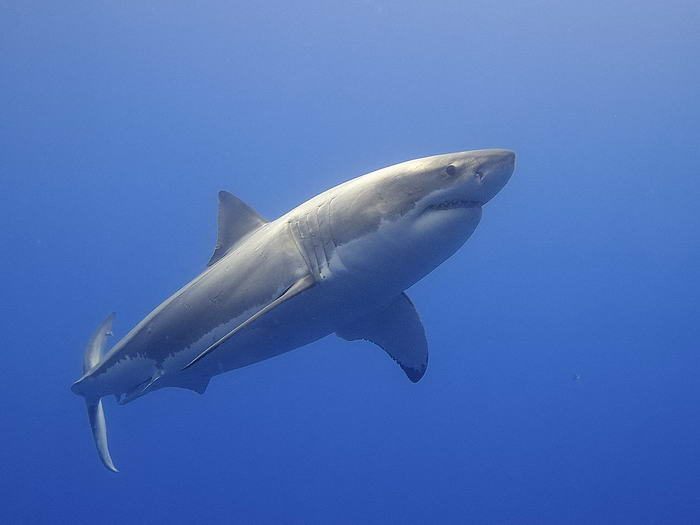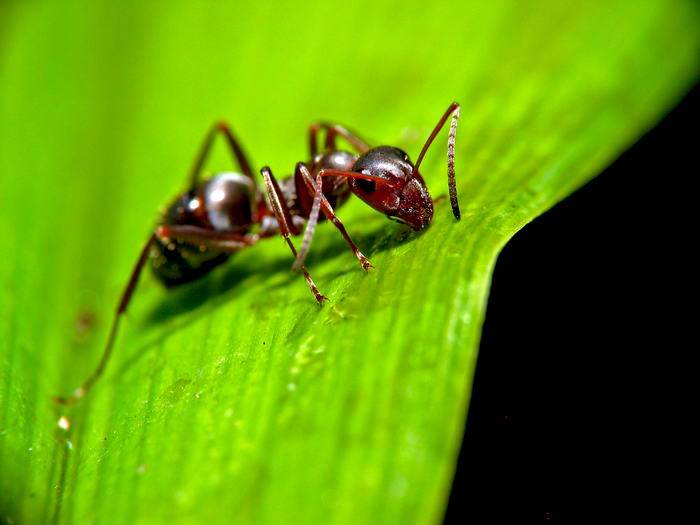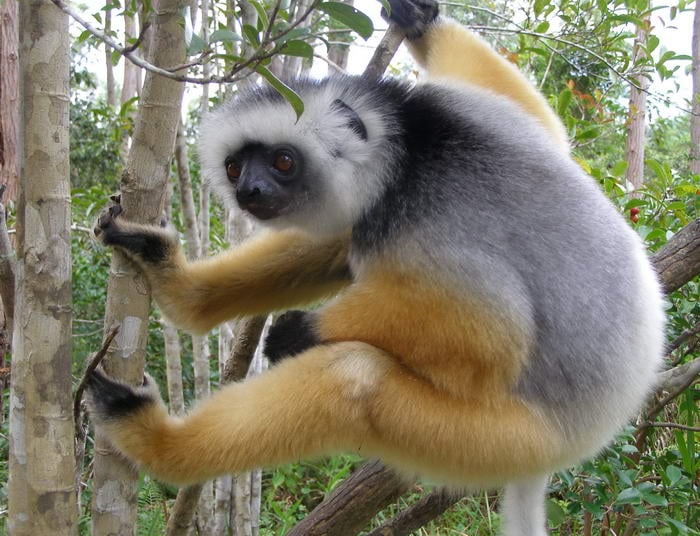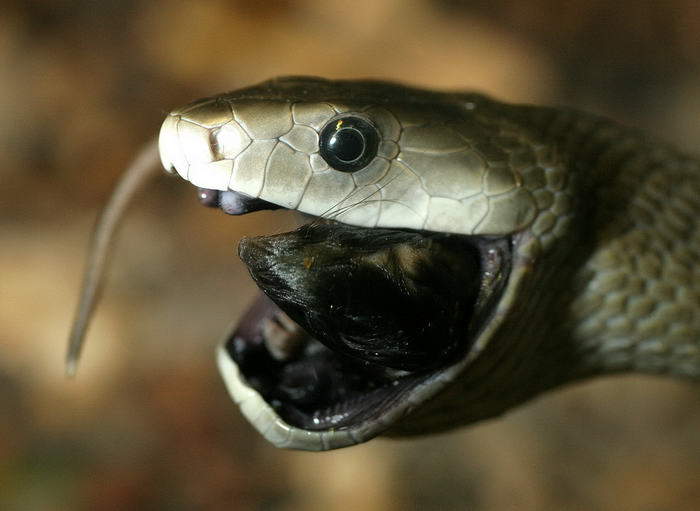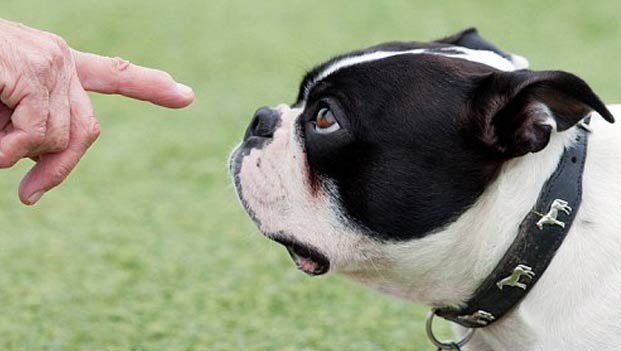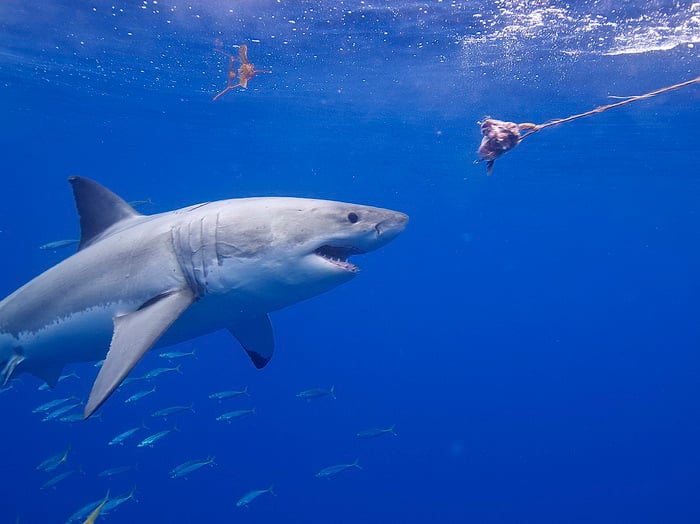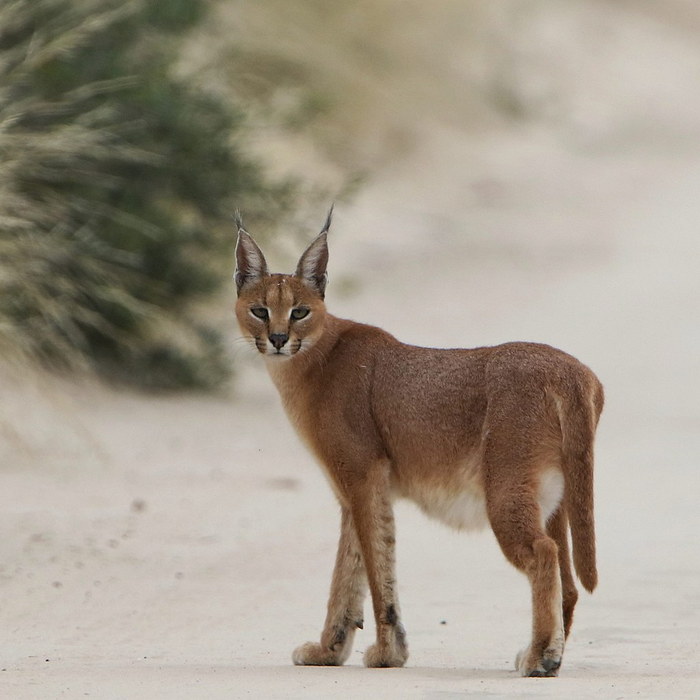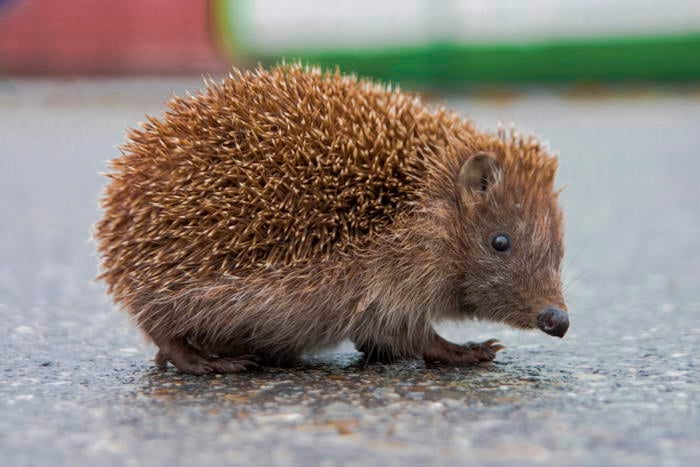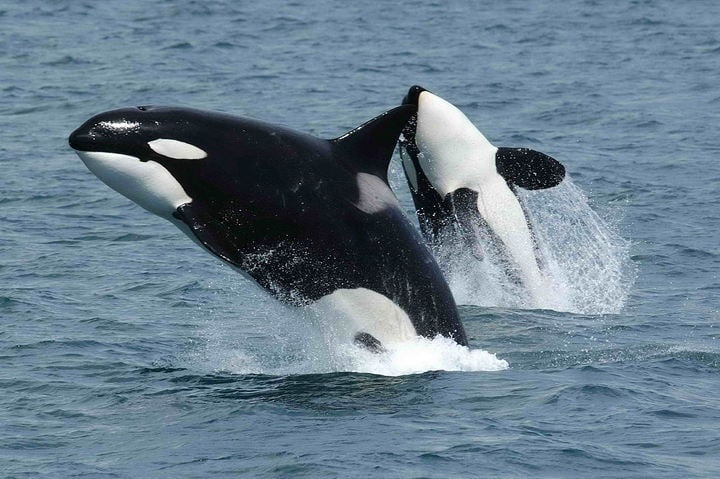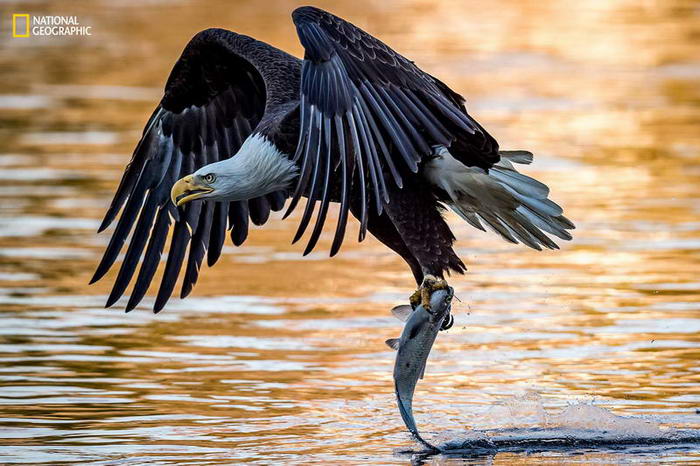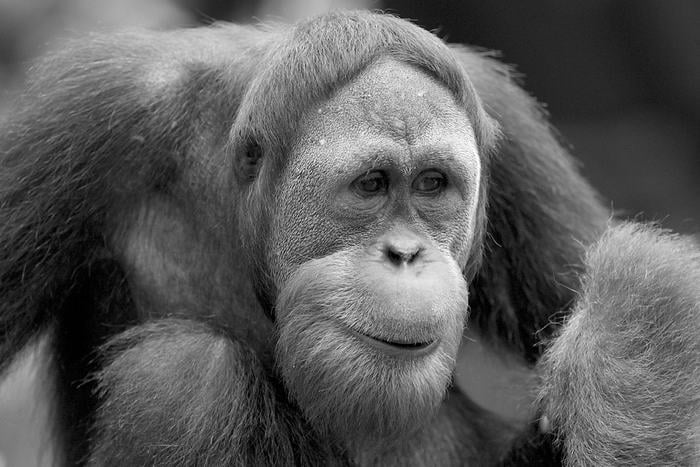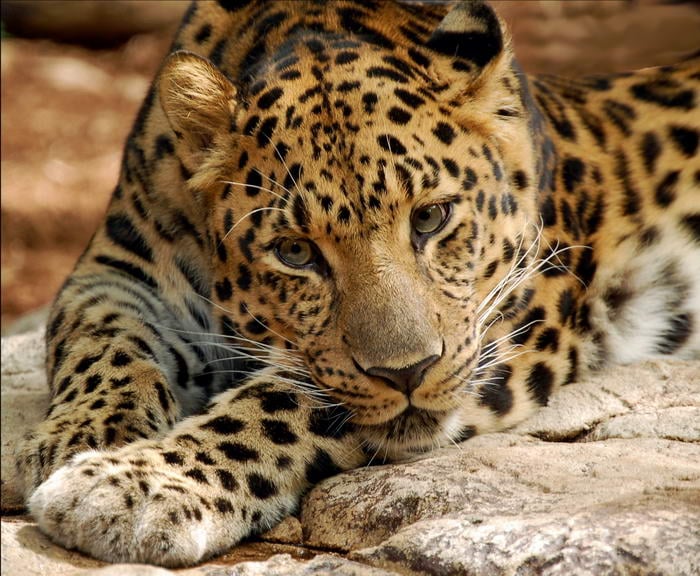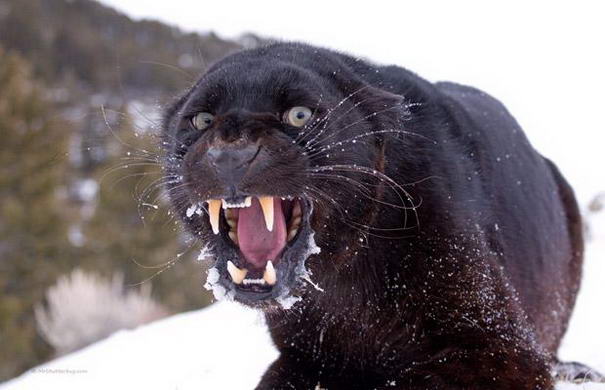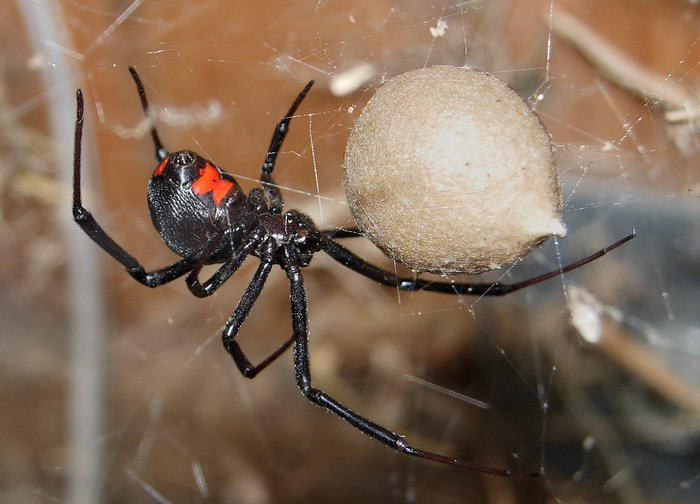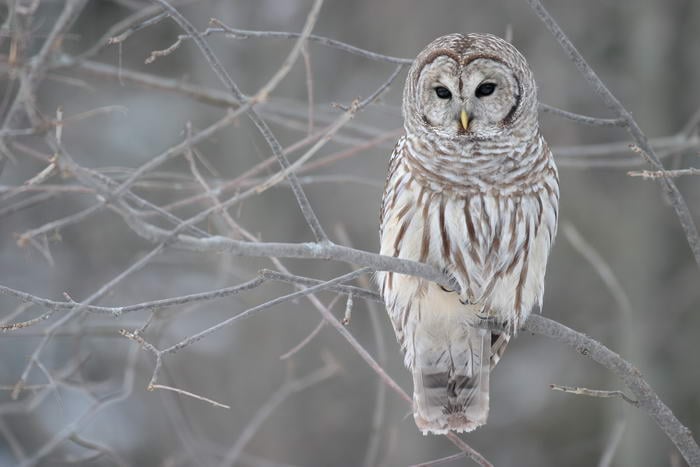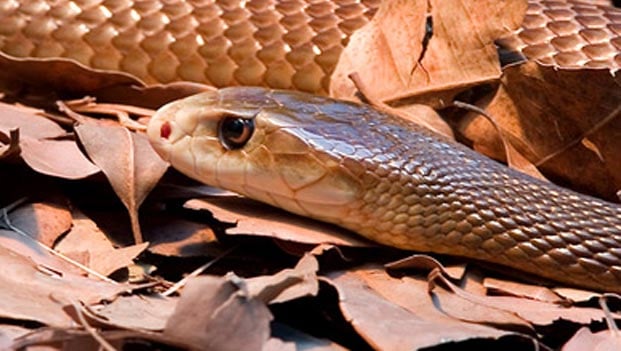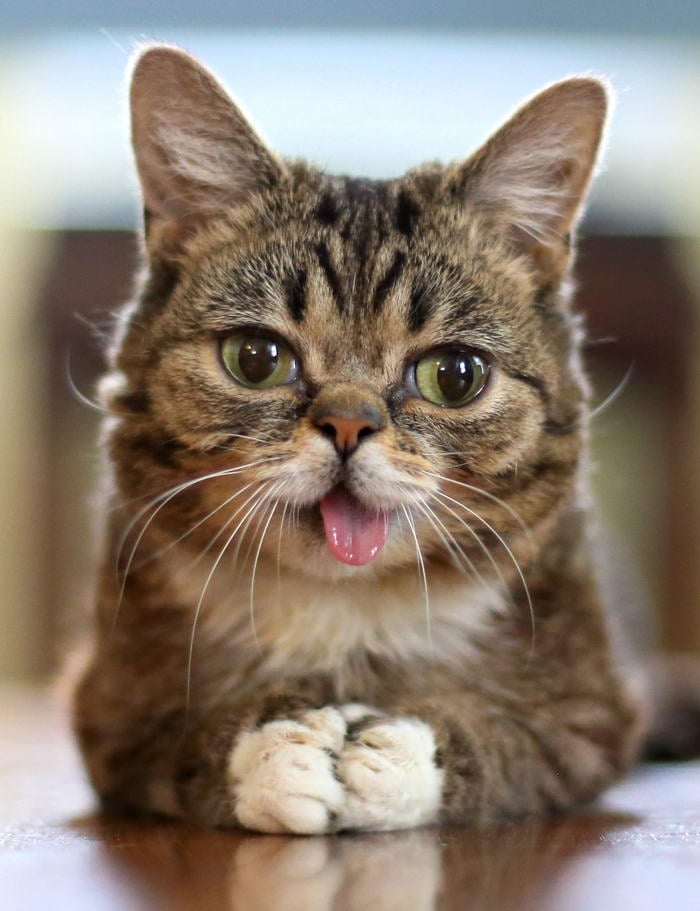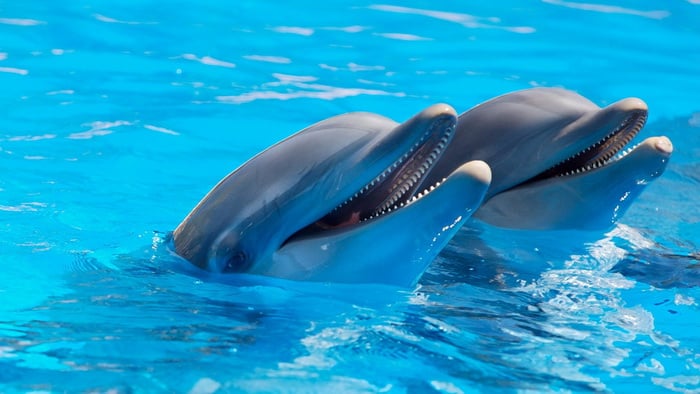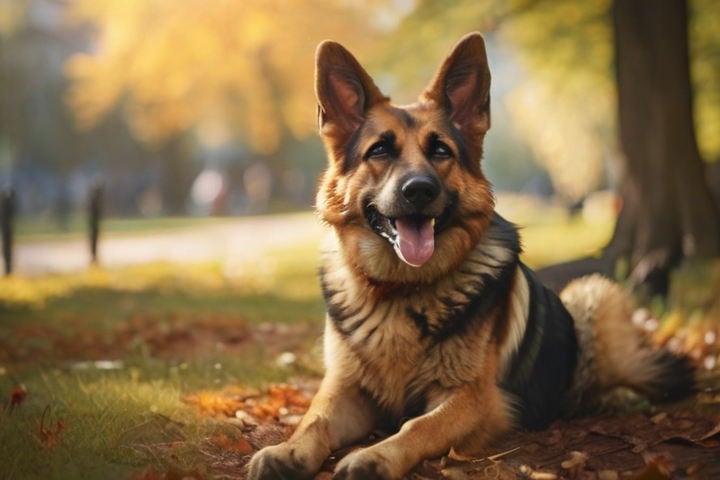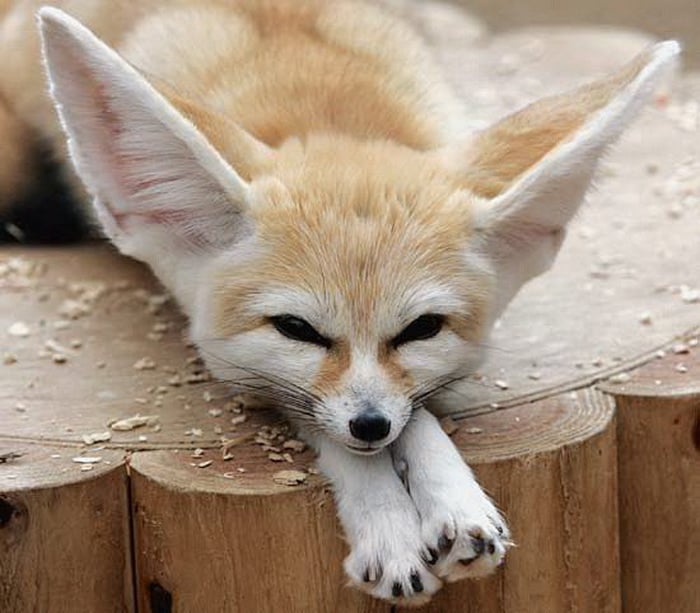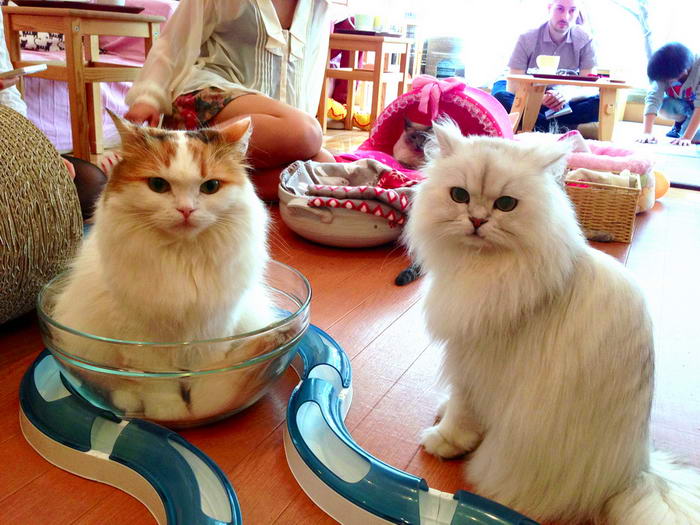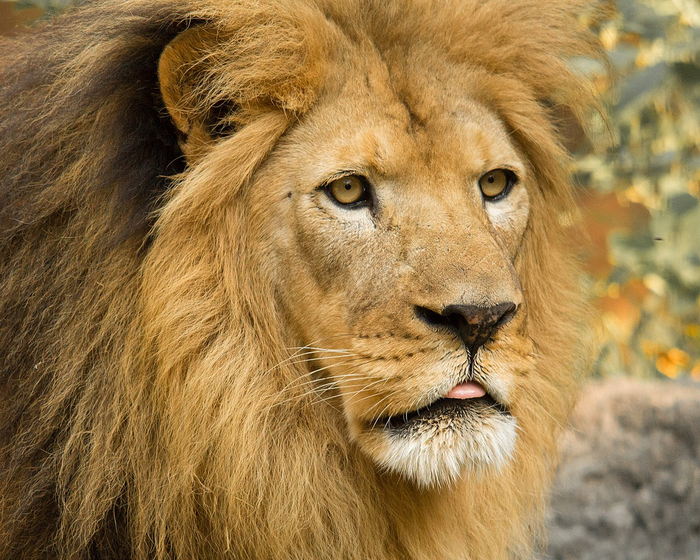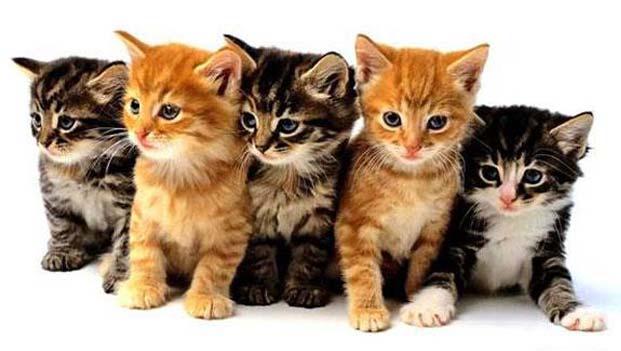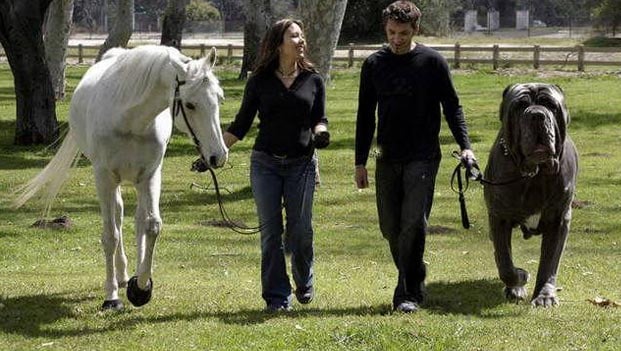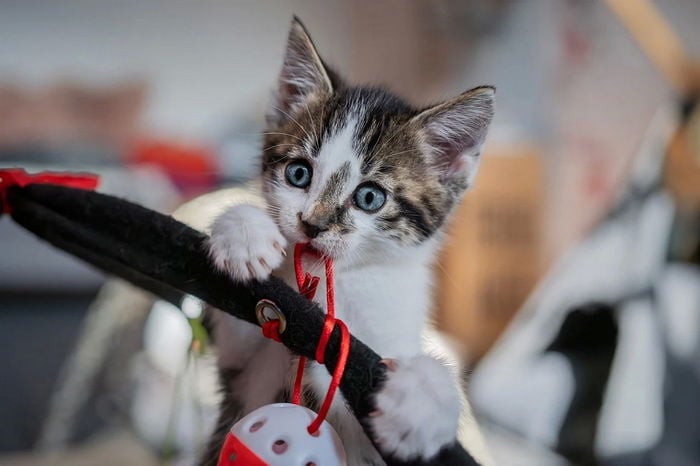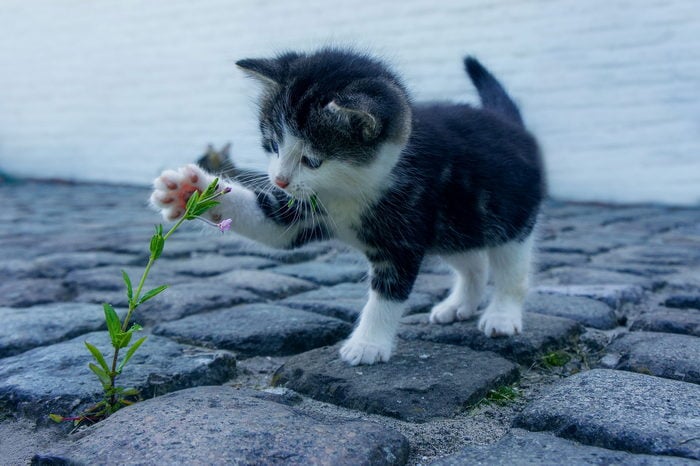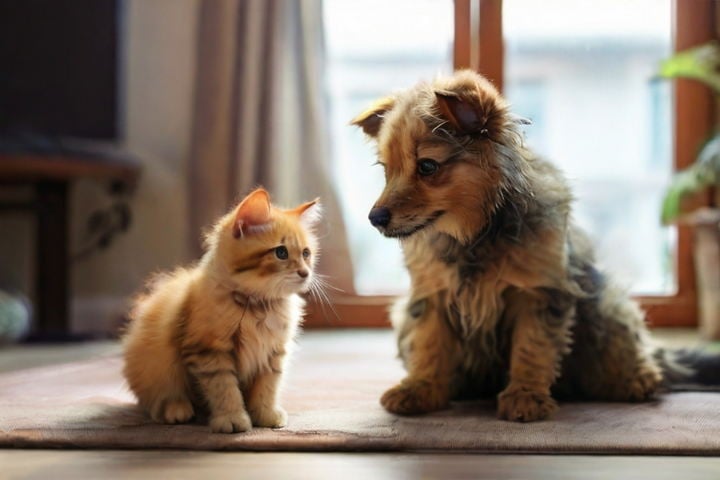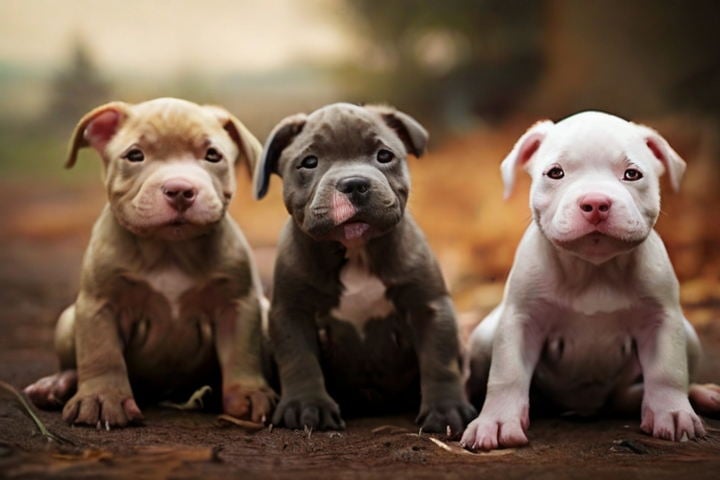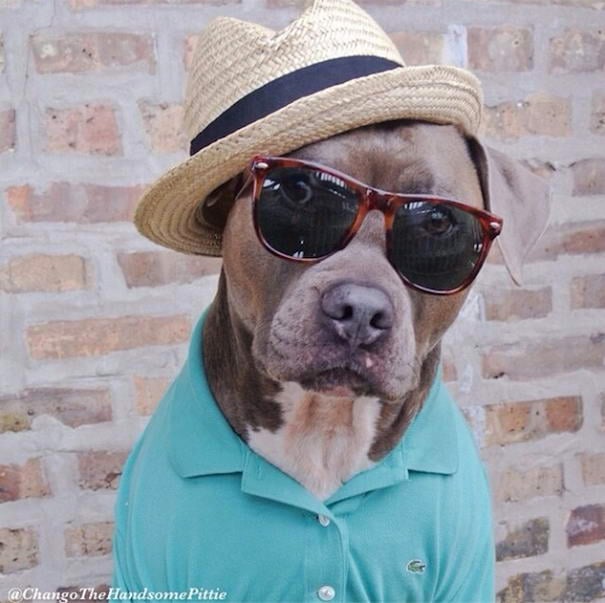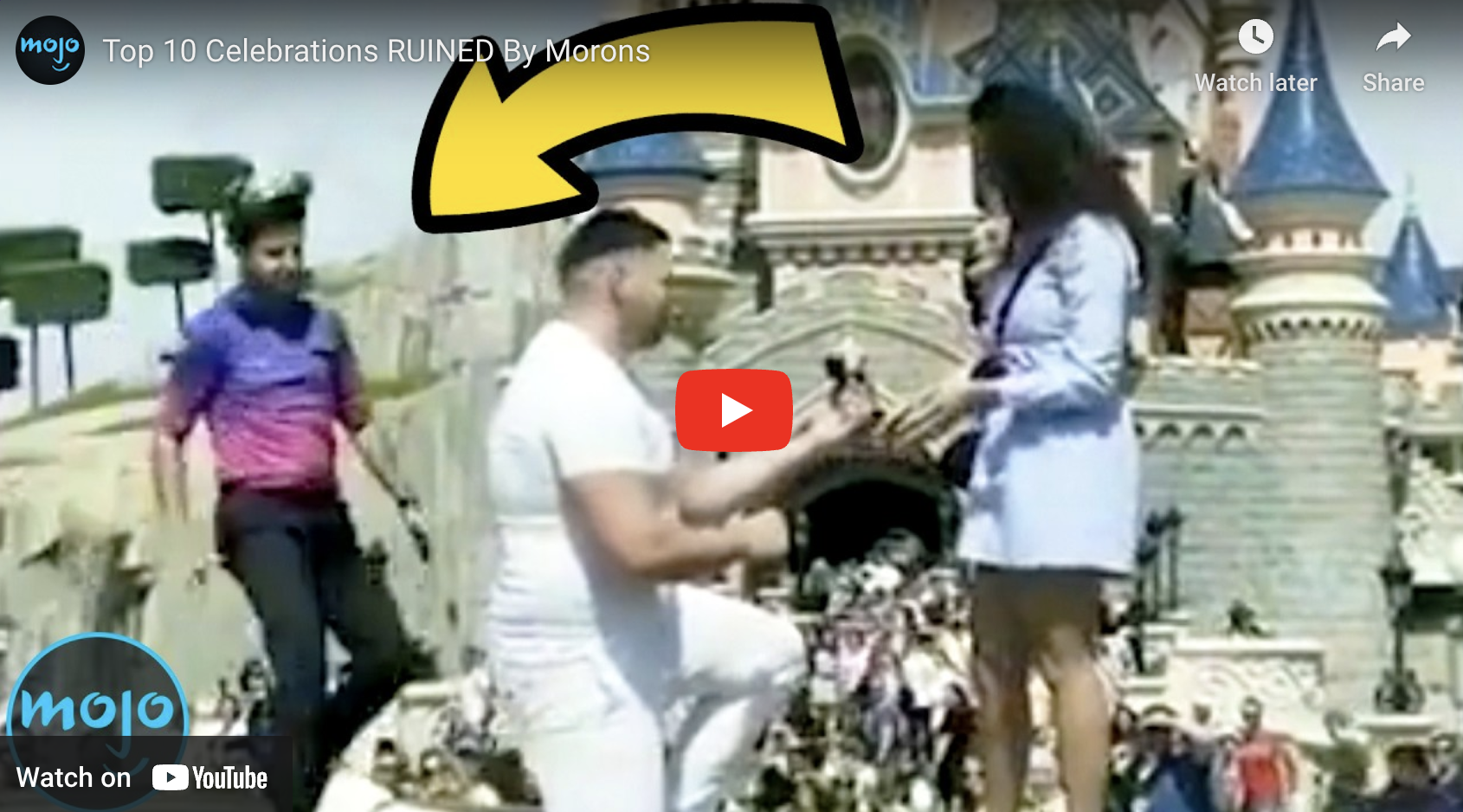Who hasn’t been fascinated by mythical creatures, right? Whether you’ve been mesmerized by their depictions in your favorite books or watched them come to life in a thrilling film, they’ve certainly made an impression. Their roots are embedded in ancient folklore and mythology, entwined with our culture and history. These beings, these creatures from mythology, symbolize our shared human experience, our dreams, our fears, and our triumphs.
From the big screen to the small, legend monsters and mythological creatures have made their mark. Who can forget the first time they saw a fantasy creature in a movie, their heart pounding in their chest? Now, we’re going to delve into the stories of ten particularly captivating mythical beings that have been reimagined time and again in books, film, and television.
Check out 10 most interesting mythical creatures…
10 – Cerberus
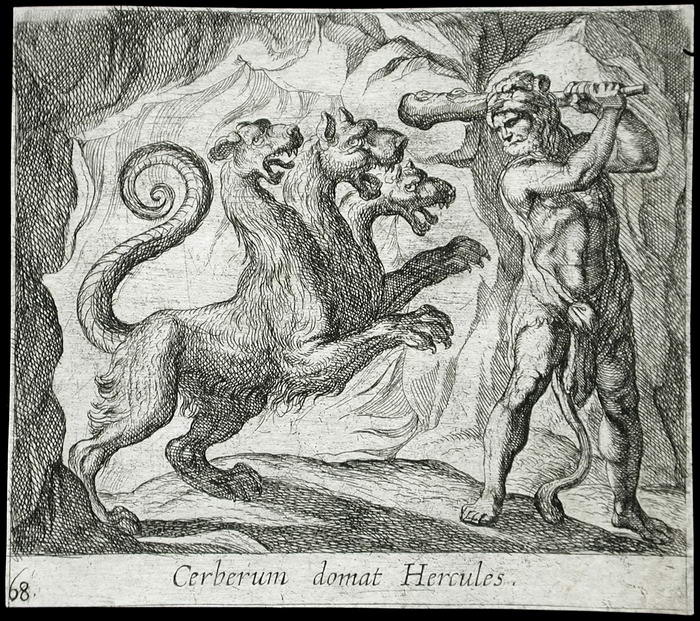
Here’s a fun snippet—Hercules, in his final labor, managed to haul this colossal canine to the surface world, all without breaking out his warrior kit. Incredible, right? Cerberus, in all its menacing glory, serves as a reminder of our mortality and the firm grip of the afterlife.
09 – Medusa
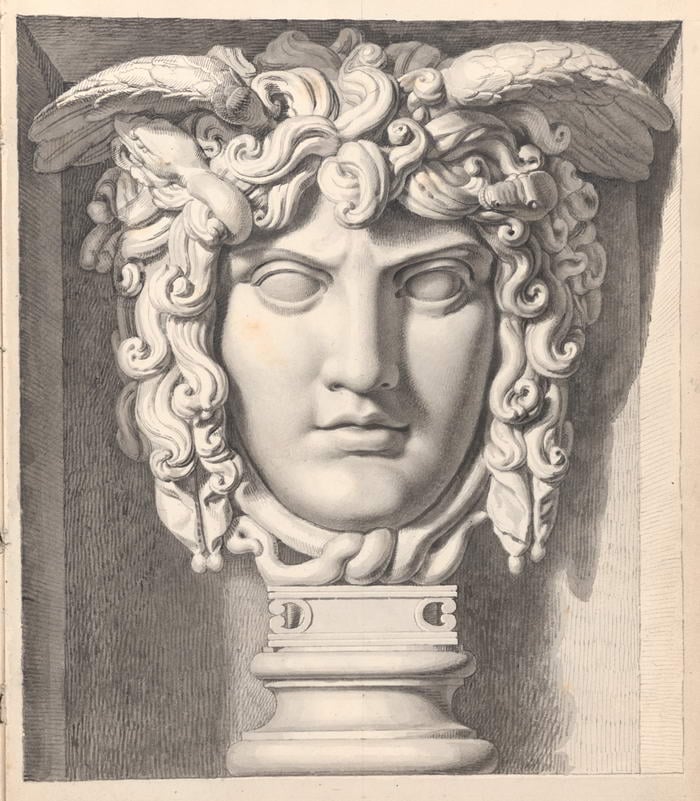
Interestingly, Medusa was not always monstrous. She was once a beautiful maiden, turned monstrous by Athena as a punishment for defiling her temple. With snakes for hair and a gaze that petrified, Medusa was isolated, a fate she bore until the hero Perseus beheaded her. In death, Medusa birthed Pegasus, the winged horse, and Chrysaor, the golden sword, from her severed neck.
Medusa’s story is a potent narrative of transformation and retribution. She’s not just a monster but also a victim, making her a complex and intriguing figure in mythology.
08 – Hydra
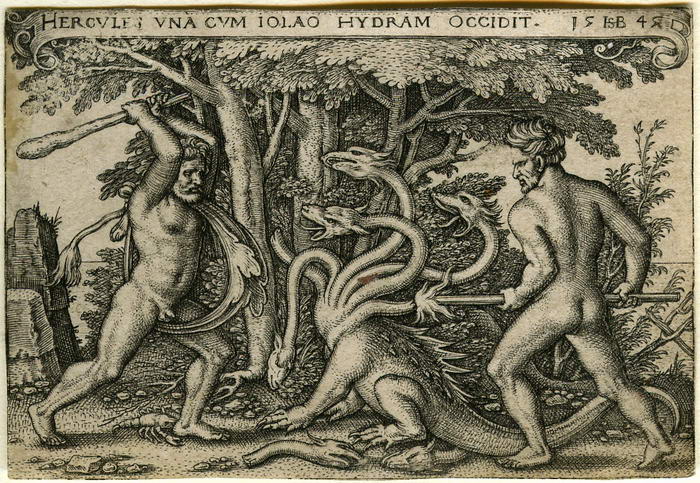
The Hydra’s blood and breath were deadly poisonous. Its formidable nature is perhaps best showcased in the tale of the Twelve Labours of Hercules. Hercules’ second task was to kill the Hydra, a feat he accomplished with the help of his nephew Iolaus, by cauterizing the neck stumps as he decapitated the monster’s heads, preventing them from regrowing.
07 – Loch Ness Monster
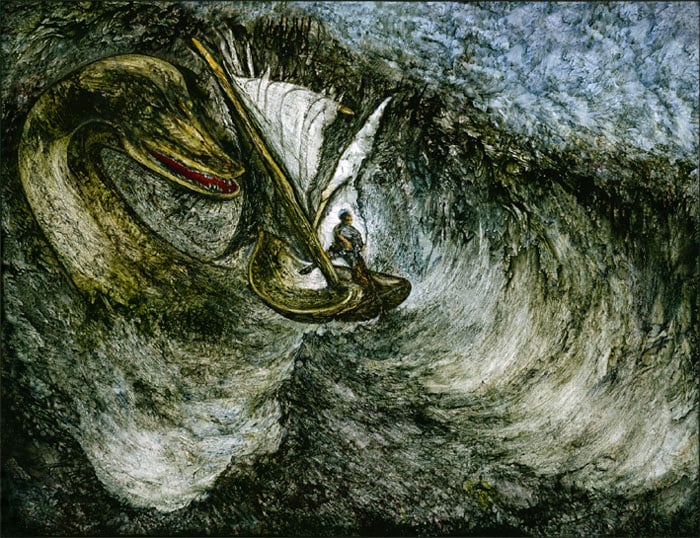
This purported plesiosaur—imagine a hulking, aquatic dinosaur—has danced in and out of the public eye since the 1930s. Despite numerous searches and sonar explorations, Nessie remains shrouded in mystery, emerging in grainy photos and whispered accounts.
Nessie’s tale underlines our fascination with the unexplored and the extraordinary lurking in our everyday. It whispers of the thrill of the hunt and the allure of the undiscovered. From every supposed sighting to debunked evidence, Nessie keeps us wondering, keeps us questing, embodying the human spirit’s unquenchable curiosity.
06 – Big Foot
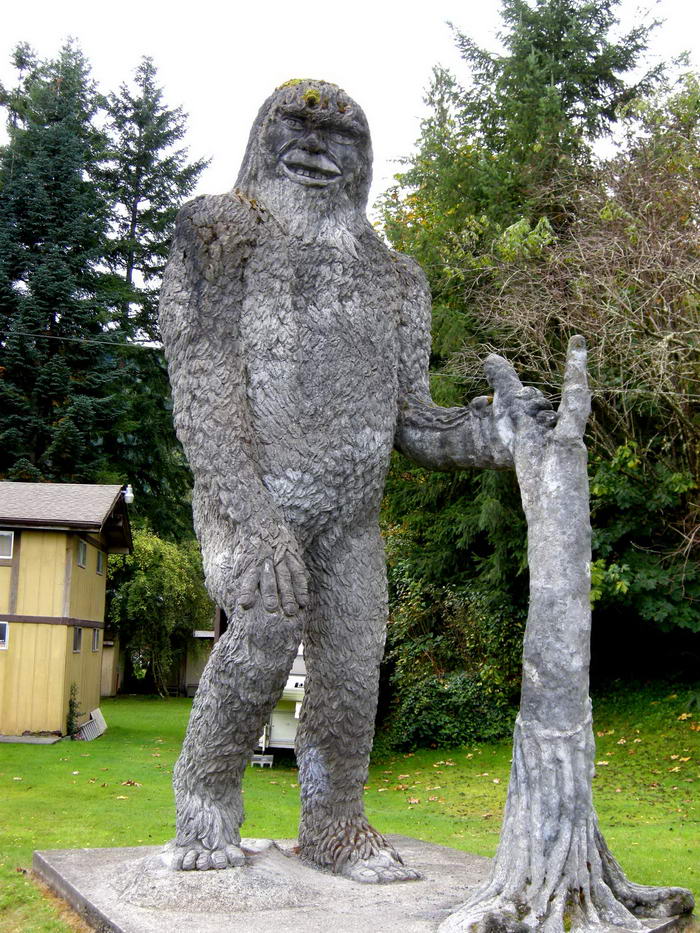
Whether regarded as a hoax or a living species yet to be documented, Big Foot continues to inspire a dedicated following of believers. Tales of the beast’s sightings, mostly in the Pacific Northwest, have enthralled and frightened individuals, bringing a sense of mystique to the region’s dense forests. The accounts of encounters and the oft blurry images of the creature serve to fuel the ongoing fascination with this legend monster.
Investigations into Big Foot’s existence continue to date, with scientists and enthusiasts alike intrigued by the creature’s potential links to ancient hominids. If Big Foot is indeed real, then it presents an incredible opportunity for understanding our planet’s biodiversity. And even if it’s only a legend, the story of Big Foot has captured the public imagination. It is demonstrating the power of mythological creatures in modern times.
05 – Unicorn
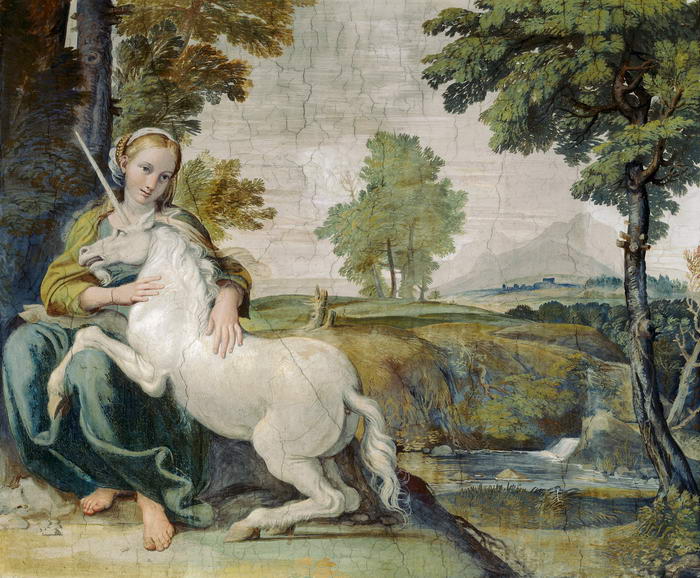
Originating from the annals of ancient civilizations, the unicorn holds a special place in mythical creature lore. Its horn, or ‘alicorn,’ is said to possess magical and medicinal properties, offering a cure to poisons and diseases. It’s the charm and elegance of these creatures that has made them a staple in children’s literature and popular culture.
The allure of unicorns extends far beyond their visual appeal. Their innocence and the positive values they symbolize are inspiring. Unicorns also represent the unattainable, the fantastical, and the limitless possibilities that the realm of mythological creatures provides. These mystical beings serve as reminders that there’s always room for a bit of magic in our lives.
04 – Zombies
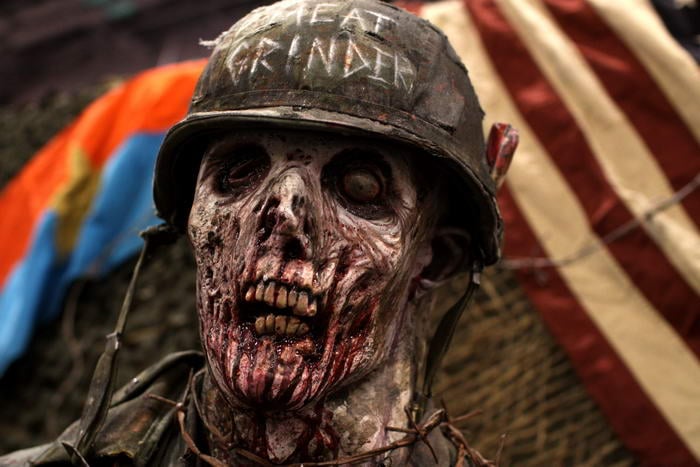
Now we are stepping out of the mythos and into popular culture. Zombies represent a modern fear of losing control and the spread of contagion. Traditionally associated with Haitian folklore and later popularized by George A. Romero’s film “Night of the Living Dead,” zombies are reanimated corpses with an insatiable hunger for human flesh.
In many respects, zombies are metaphors for societal concerns—be it mindless consumerism, pandemics, or fears of conformity. Additionally, they capture our collective anxieties, force us to confront the thin line between life and death, civilization and savagery.
From films to TV series and video games, zombies have invaded every aspect of entertainment. They have been depicted as slow-moving drones, fast-paced predators, and everything in between, constantly adapting to reflect contemporary fears. Despite their terrifying visage, or perhaps because of it, zombies continue to capture the public’s fascination.
03 – Werewolves
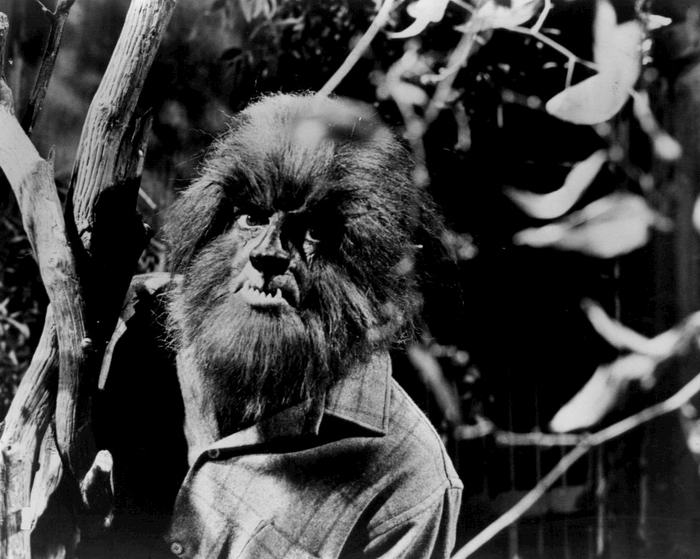
Werewolves are typically associated with the full moon, as it’s during this phase when human-to-wolf transformations are said to occur. The transformation itself is often depicted as both a curse and a powerful ability, symbolizing the struggle between the human and the beast within. In pop culture, werewolves have found their place in literature and on the big screen, offering a diverse range of interpretations.
Whether they’re seen as monstrous killers or tragic figures struggling with their dual nature, werewolves capture our imaginations. Their tales explore themes of identity, self-control, and acceptance, demonstrating the depth and versatility of mythological creatures in storytelling. As we delve into the lore of the werewolf, we’re reminded of the darker, wilder side of the world of myths and legends.
02 – Vampires
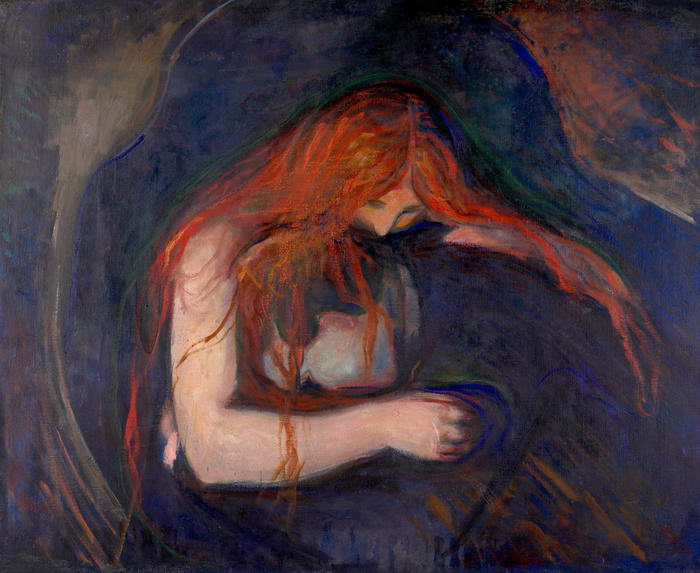
Unlike most mythological creatures, vampires are not confined to the realm of mythology. They are also prominent figures in literature, films, and TV shows, embodying themes of immortality, desire, and fear of the unknown. From Nosferatu to Twilight’s Edward Cullen, vampires continue to evolve, reflecting societal fears and fascinations.
Whether portrayed as seductive or monstrous, the vampire’s enduring appeal lies in its embodiment of taboo and transgression, making it a versatile figure within the horror genre.
01 – Dragons
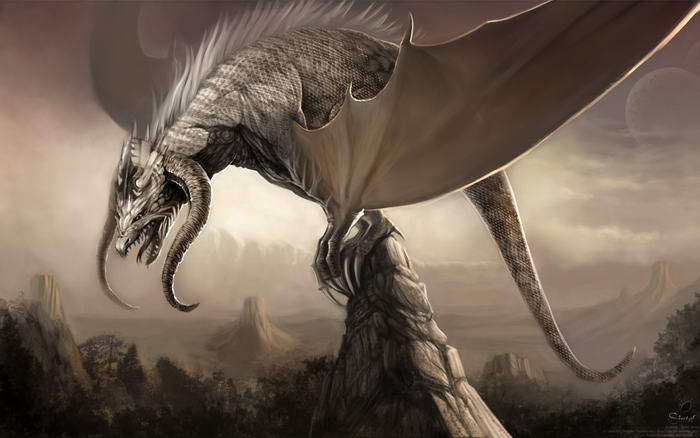
These fearsome beasts, depicted as benevolent or destructive, mirror the culture they arise from. In the East, dragons are revered, symbols of wisdom and luck, intertwined with elemental forces. Additionally, they contrast sharply with their Western counterparts, often seen as harbingers of doom and challenges to be conquered by brave knights.
Dragons, in essence, represent our struggle with nature’s power. They captivate us, reminding us of our perpetual quest to tame the unknown.
These monsters in legends, these fantasy creatures, are more than mere figments of imagination. They’re a reflection of us – our hopes, our fears, and our innate human curiosity. But remember, this is just a taste of the universe that awaits you. There’s a whole world of mythical creatures out there, waiting to be discovered. So, why not pick up that book you’ve been meaning to read or rewatch your favorite fantasy film? You never know what fascinating creature you might meet next. Happy exploring!


